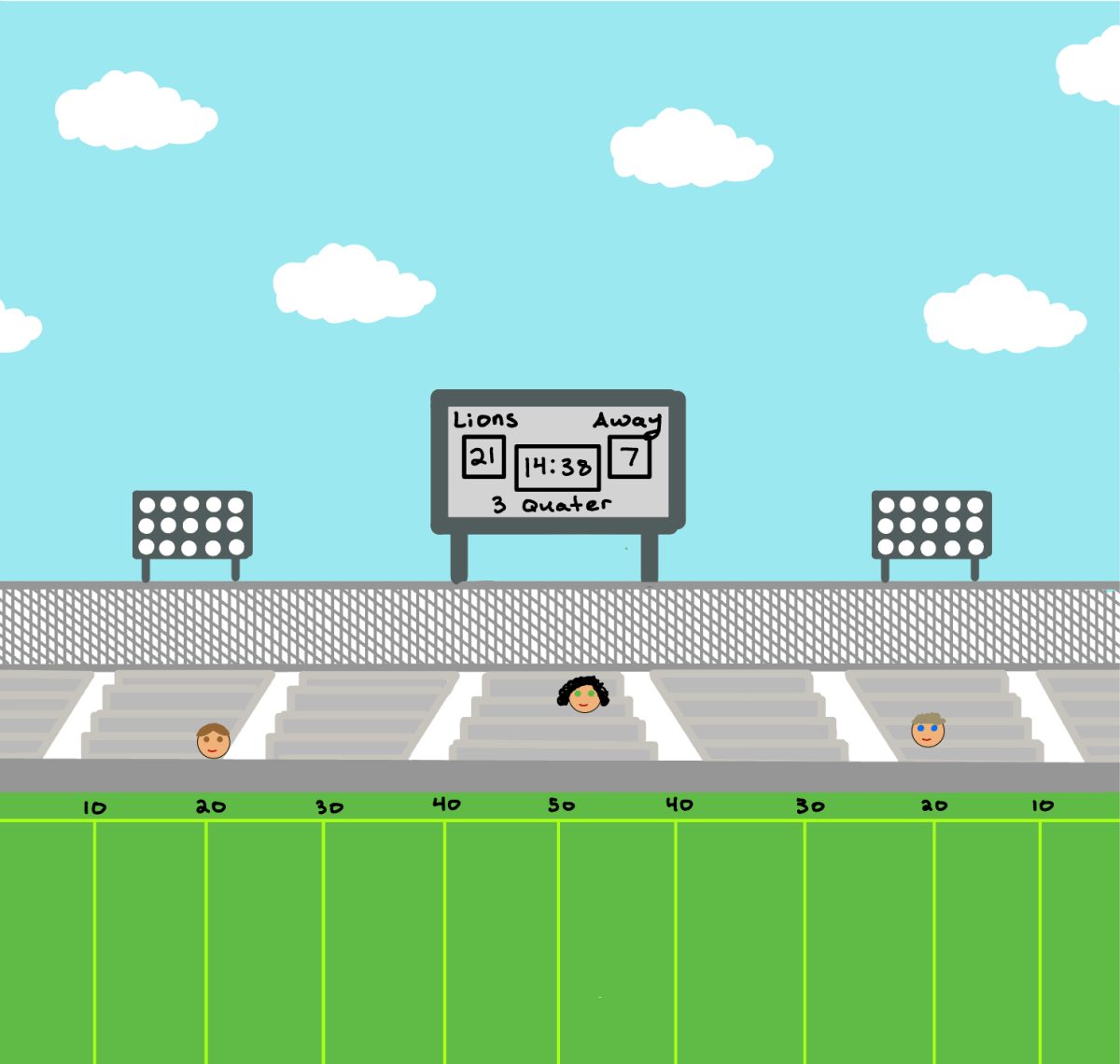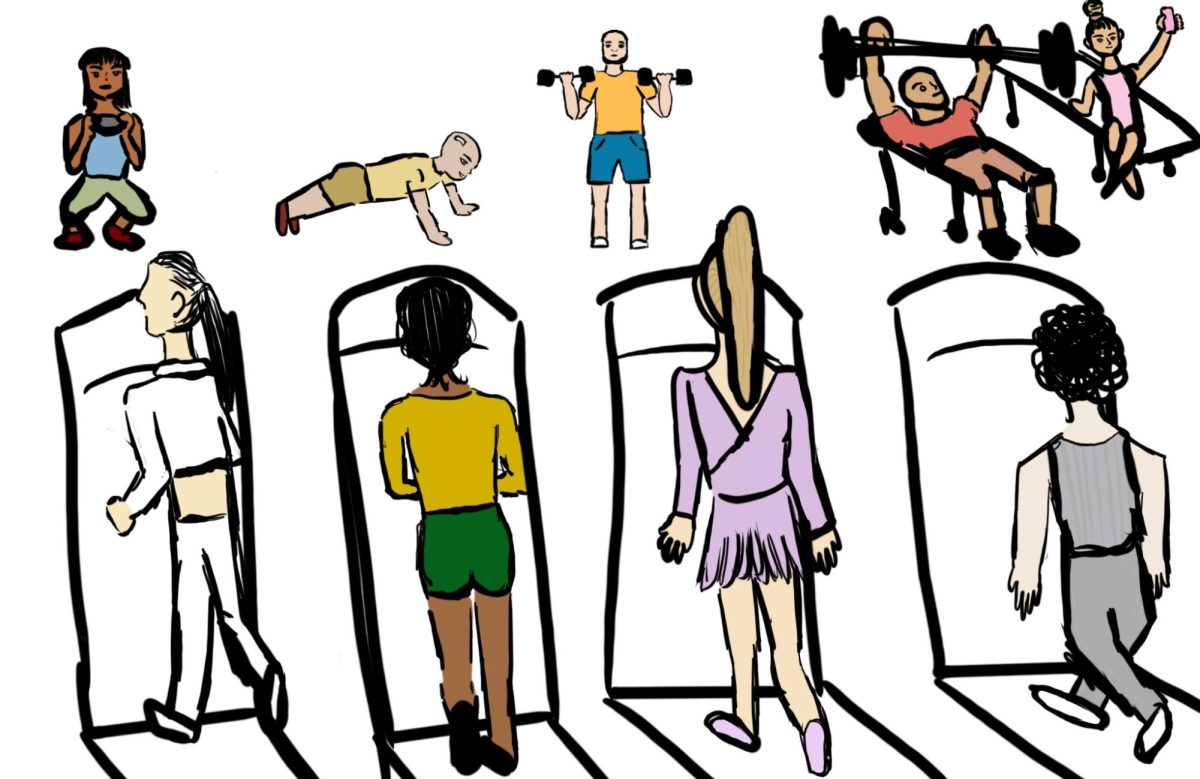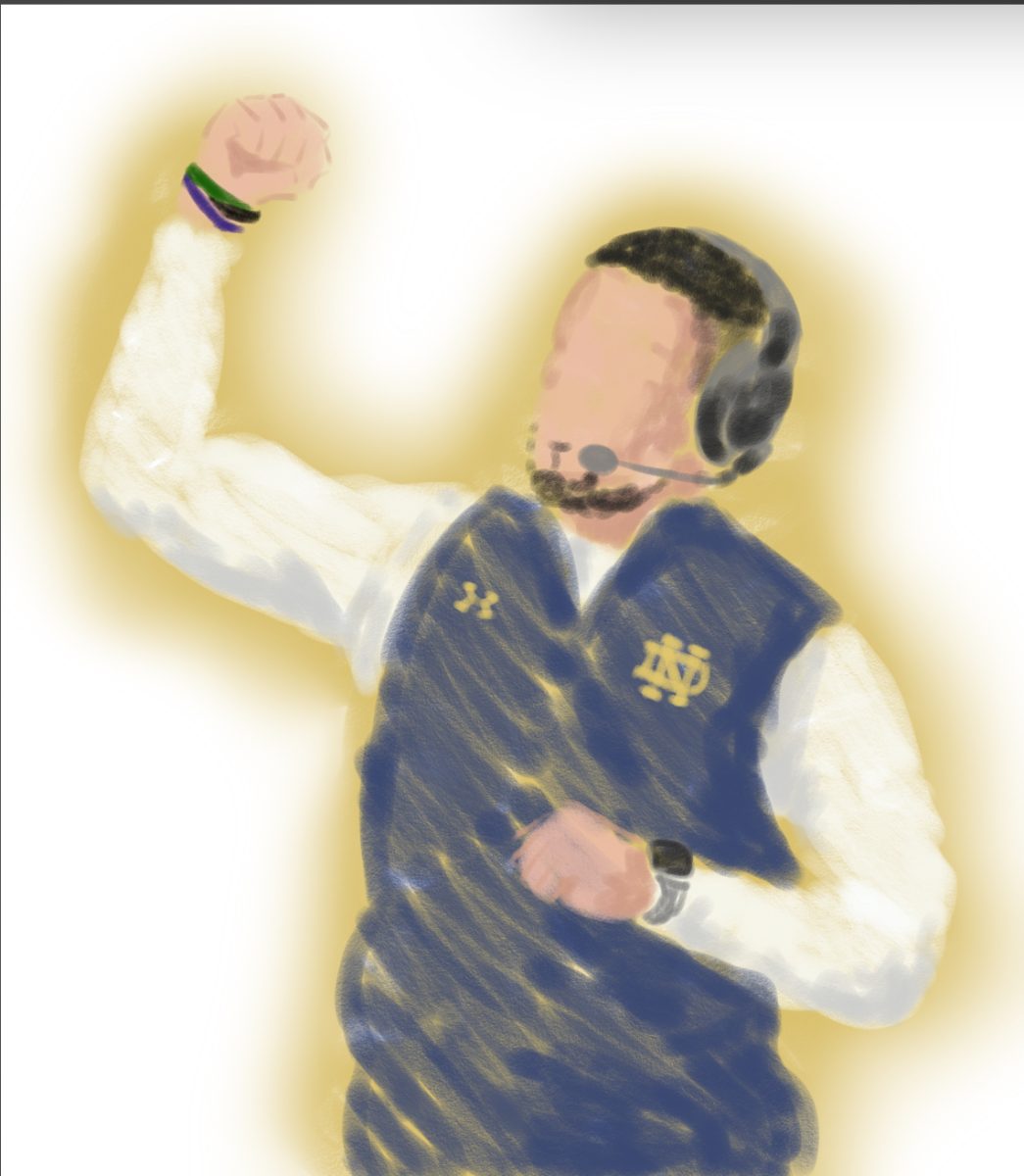A cool fall night, the lights are on in the stadium, the football team secures another victory, so they turn to the crowd— to their student section— to cheer on the win. But there’s no one there. Where did the students go? It’s a Friday night in the beginning of the school year; what better way to see friends and have fun than at a football game?
At a first glance, football games seem like the perfect opportunity for students to have a fun night out: it’s the beginning of the year, the weather is nice, there are fun themes to dress up to. However, as the season drags on, it gets cold, and people start to lose interest.
“The first game at home… it was way more energetic. I feel like everyone actually stayed at the game, even when it was, like, a blowout,” said senior football player Phu Truong. “Like homecoming, it was still a tight game, but everybody left… When playoffs came, everybody stayed. It was like a roller coaster.”
Stepping back and viewing the season as a whole, like the “roller coaster” Truong describes, it may appear that the students left the games, or just did not come at all, because there was nothing interesting happening in the season. It wasn’t the beginning and it wasn’t the playoffs. However, a better explanation comes to mind:
The reason why football games, and events in general, see low attendance and high exit rates is because students want more than what a football game can provide.
A high school student on a friday night wants five things: football, fellowship, friends, food, and fun. A game can only really encompass part of this. The football game can get sports fans excited, but to many, it is a very passive and even boring activity after a while. As for fellowship, a football game can be a uniting experience for the student body: one group all cheering for their team to win. But as people leave, the crowd follows, and soon, no one’s left except for the most loyal fans: the Cahill Crazies.
“It is really disappointing seeing our student section leave at halftime,” said Cahill Crazy and junior Allison Bullock, “especially when it is a good game.”
The Crazies spend the year hyping up the students, from the first pep rally when they teach the cheers, through all the seasons as they root for the many sports teams. They see, as Bullock said, the students leaving and feel a sense of disappointment when they don’t stay until the end.
“The end of the games can be the most fun. We chant the fight song with the whole team and whoever is left in the student section, ending the night in a positive way,” said Bullock.
Aside from the game of football, the moments of fellowship, and the bit of fun, many students crave that time with friends, especially if they can also indulge in the most socially uniting activity: eating. Once the football game has fulfilled part of their Friday night needs, many students will leave the game early and head to Johnnie’s Beef or Raising Cane’s to grab a bite and catch up with friends that they might not have talked to all week. This begs the question, can’t they just eat at the game? There’s a concession stand, right? Well, when a simple pretzel costs seven dollars, only to be eaten standing up in freezing temperatures, the idea of a real meal sounds much more appealing.
So is food the problem? Not necessarily, but when faced with this problem thirty years ago, the Boosters created a solution. “Pizza in the Red Lion Room” was an opportunity for students to head back to Viator after the game and enjoy pizza and talk to friends about the game. It eliminated the third parties of other restaurants, and kept students connected to Viator while also enjoying time with friends. But this practice ended a while ago, possibly out of lack of interest, proving that this didn’t completely solve the problem.
Looking to the past is often the key for problems of the present, so would better food options keep students at the games? Possibly! But then again, the culture of football has changed since the ‘90s Students’ excitement towards the games, or lack thereof, appears to have diminished over time. There is growing excitement about other sports, such as lacrosse and basketball that draw bigger crowds.
“That depends on the students and school culture,” said history teacher and assistant football coach Mr. Vince Nardiello. “[Other schools] foster a culture where you’ll see pandemonium surrounding football games.”
Perhaps Saint Viator has a more diverse love of sports than just football. Perhaps the students crave more than just the game. Perhaps people run out of reasons to stay. Regardless, there are always the loyal fans who stick it out to the end, and they may just lead by example in the years to come.
Fans forsake valiant football fighters
Donate to Viator Voice
$0
$500
Contributed
Our Goal
Your donation will support the student journalists of Saint Viator High School. Your contribution will allow us to purchase equipment and cover our annual website hosting costs.
More to Discover





